Munich is the largest German city situation in the southern area of the country known as Bavaria – of which Munich is considered the capital. It’s a city that is very closely tied with some of the world’s darkest days, being the city of the upwelling that eventually became Nazism in the 1930s, but also is a deeply passionate city with tentacles reaching back nearly 900 years into European history, and one that is certainly a “must” if you want a place to spend a 2 day itinerary in Germany.
Today, Munich is a city of of nearly 1.5 million people, and the seed of the city’s creation can still be seen today. The beer-brewing Benedictine monks, for which Munich is named, might have been what settled the city, but its unique terrain, rich brewing history, and spotlight as a world-renown city is what has insured Munich remains a richly important city in today’s Europe.
How Long Should Your Munich Itinerary Be?
How long you should spend in Munich depends on a couple of factors, in terms of what you want to see and do. However, no less than 2 days in Munich should be required to see what the city offers, explore the history, walk the beautiful cobbled streets, and experience some of the world’s best beer.
Here, we’re covering a minimum of 2 days as a general itinerary of what to do in Munich, with an idea of what you can do if you happen to stay for 3 days, 4 days or longer in the Bavarian capital. Munich is not a city we would recommend as a day trip, as it’s large enough and interesting enough to really immerse yourself in over several days, and its location really makes it a focal point rather than a secondary location among a larger city.
Where to Stay in Munich
When staying in Munich, we stayed at the Hotel Daniel, which is ideally located in the center of the city, just down from the Marienplatz. The Daniel is a boutique hotel with clean, comfortable rooms, and an excellent morning breakfast that you can pay a slight upcharge for and make it a part of your overall stay.
You can see below the distance in walking from Hotel Daniel to the Marienplatz – only about 10 minutes.
This location is ideal as its in the heart of Munich, and walking through the Karlzplatz is the main vein of the city where you’ll find great shopping as well as experience easy access to some of the best restaurants and bierhauses.
You can search for more Munich hotels below!
Things to do in Munich in 2 Days
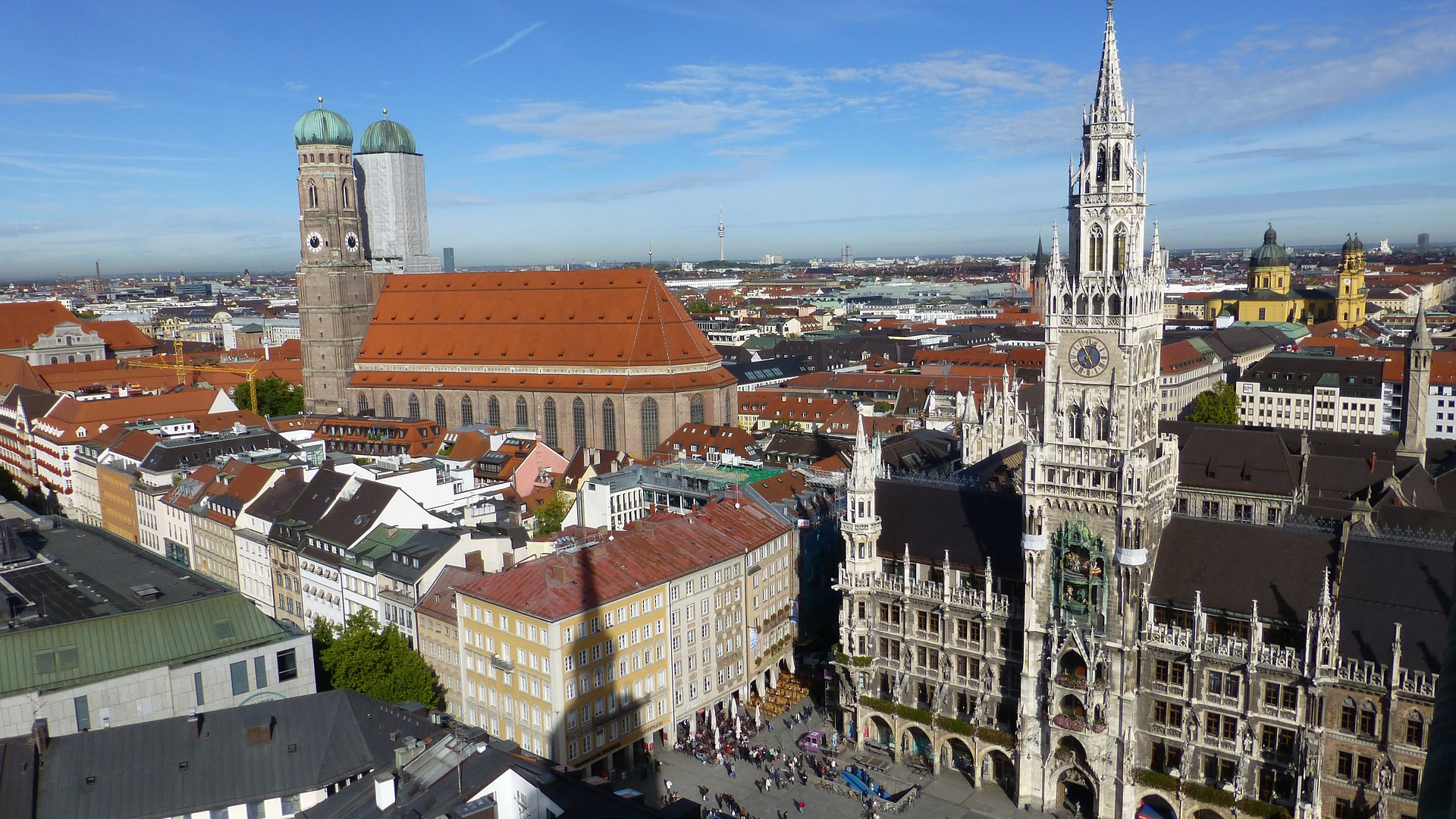
Munich is an great city to make the best of a 2 day itinerary, and you’ll be certain that the 2 or more days you spend in the city will be absolutely packed with adventure and excitement! If you stay near the center of the city, in a hotel like The Hotel Daniel, you’ll have plenty to see and knock off the top of your Munich bucket list that will be literally steps out of your front doorstep.
Day 1 in Munich: Tour the Rebuilt Old Town
Unless you’ve studied Munich’s history prior to coming, you likely won’t know that the entire Old Town of the city was damaged and, in fact, rebuilt in the wake of WWII. Most of the city’s center were damaged or destroyed, with many of the most important structures of the city still bear the scars of the past. In fact, understanding that the city would be focal in upcoming battles at the end of the war, the Nazis laid out detailed architectural renderings of some of the city’s most beloved structures, such as St. Peter’s Church and the Rathaus, so the city could be rebuilt after the war concluded. It was through these plans that the city was successful re-established in the succeeding years after 1945.
Take a Free Walking Tour
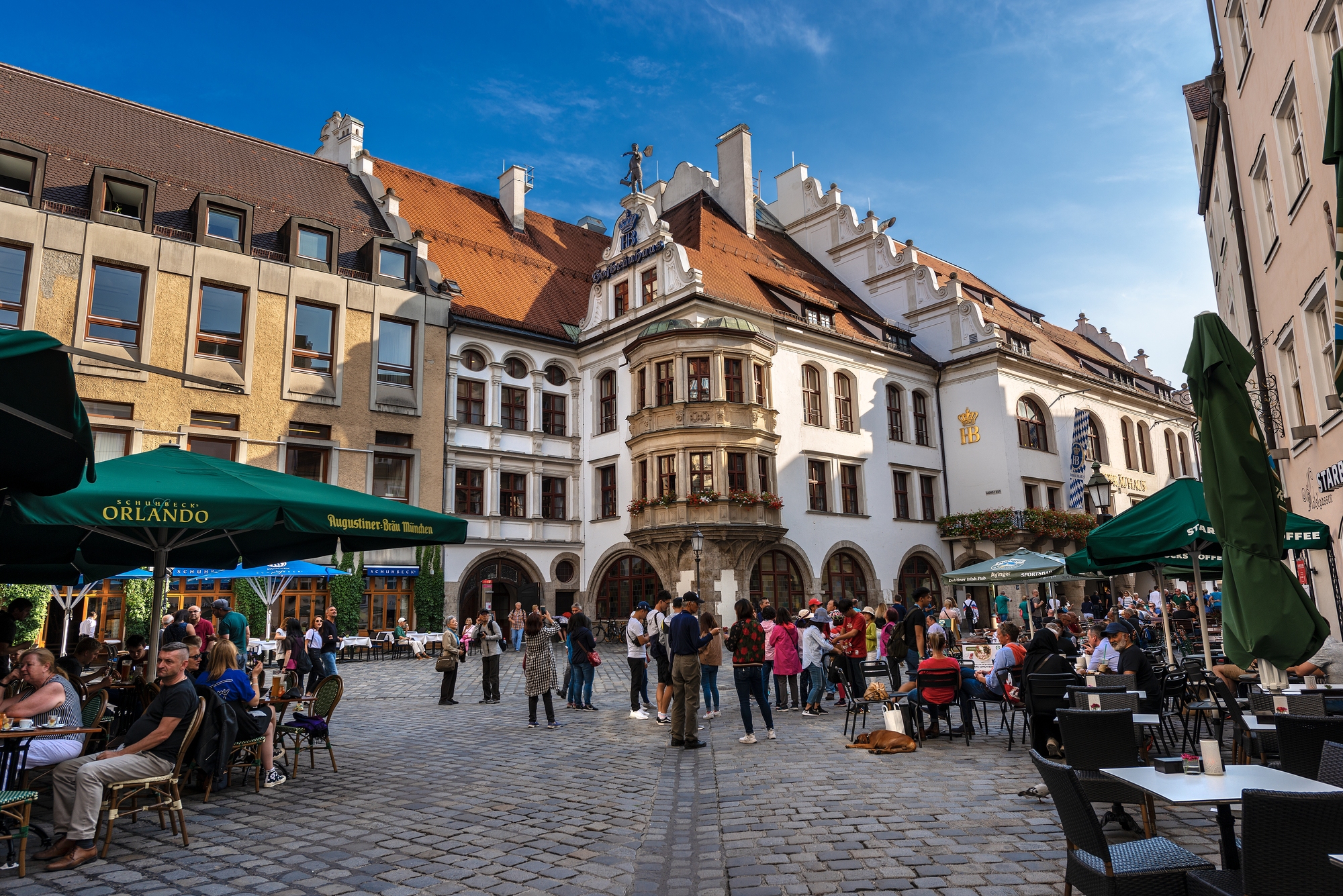
MUNICH, GERMANY – SEPT 6, 2018: Hofbrauhaus am Platzl, ancient beer hall in downtown of Munich, built in 1589 by Bavarian Duke Maximilian I.
The first thing you should do in Munich is to take one of the free walking tours offered by one of many providers in the city. Most of these tours can be booked ahead of time by calling the provider and giving them your name, but you can generally walk up to these operators in the Marienplatz as they’re preparing to depart.
Munich is a very walkable city, and one of the city’s we would greatly recommend a free walking tour for if you only have 2 days. Munich is small, but dense in things to see, and even just a few hours with an educated guide is a great way to understand the layout and history of the city, as well as learn some of the stories of Munich’s most unknown tales, many of which lie in plain site.
While most use SANDEMAN, which we have in other city’s and enjoy, we used a smaller company that is unique to Munich – Munich Walking Tours. We had a great time, and can easily recommend them.
Marienplatz
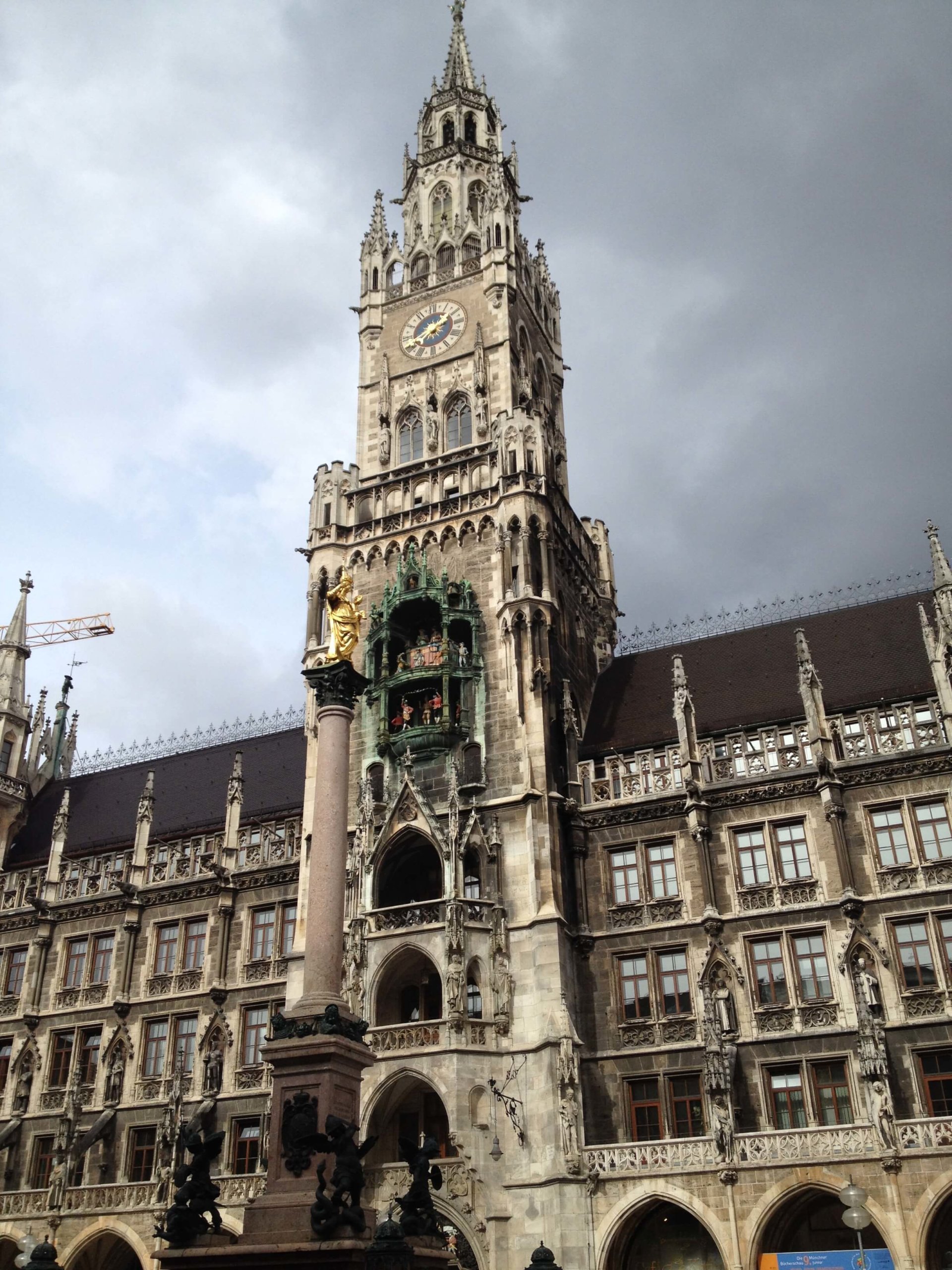
The Marienplatz is the proverbially “postcard” Munich, and the center that is so often the subject of photographs of the city. The Marienplatz to Munich is like St. Peter’s Square of the Vatican, or Westminster is to London.
Each day from 11am to noon from October to March, and from 5pm to 6pm during the summer months, the Glockenspiel plays a centuries-old tune in the city city. As the Old Town Hall, the Rathaus, comes to life, you’ll be amazed at the mechanics and wonder at the foot of one of the most massive playing clocks in Europe. In this area, there are numerous cafes in the city center where you can enjoy the playing of the clocks and enjoy great Bavarian cuisine.
St Peter’s Church and Tower
St. Peter’s Church is one of those structures that was destroyed in the bombings of WWII, and today looks much younger than what it actually is. The walk to the top is fierce, but is worth the work as the view of the city from this vantage point is simply stunning!
Inside is a design that is truly remarkable, as the layout and style of St. Peter’s Church would rival any of the finest cathedrals in Rome!
Learn about History in Odeonsplatz
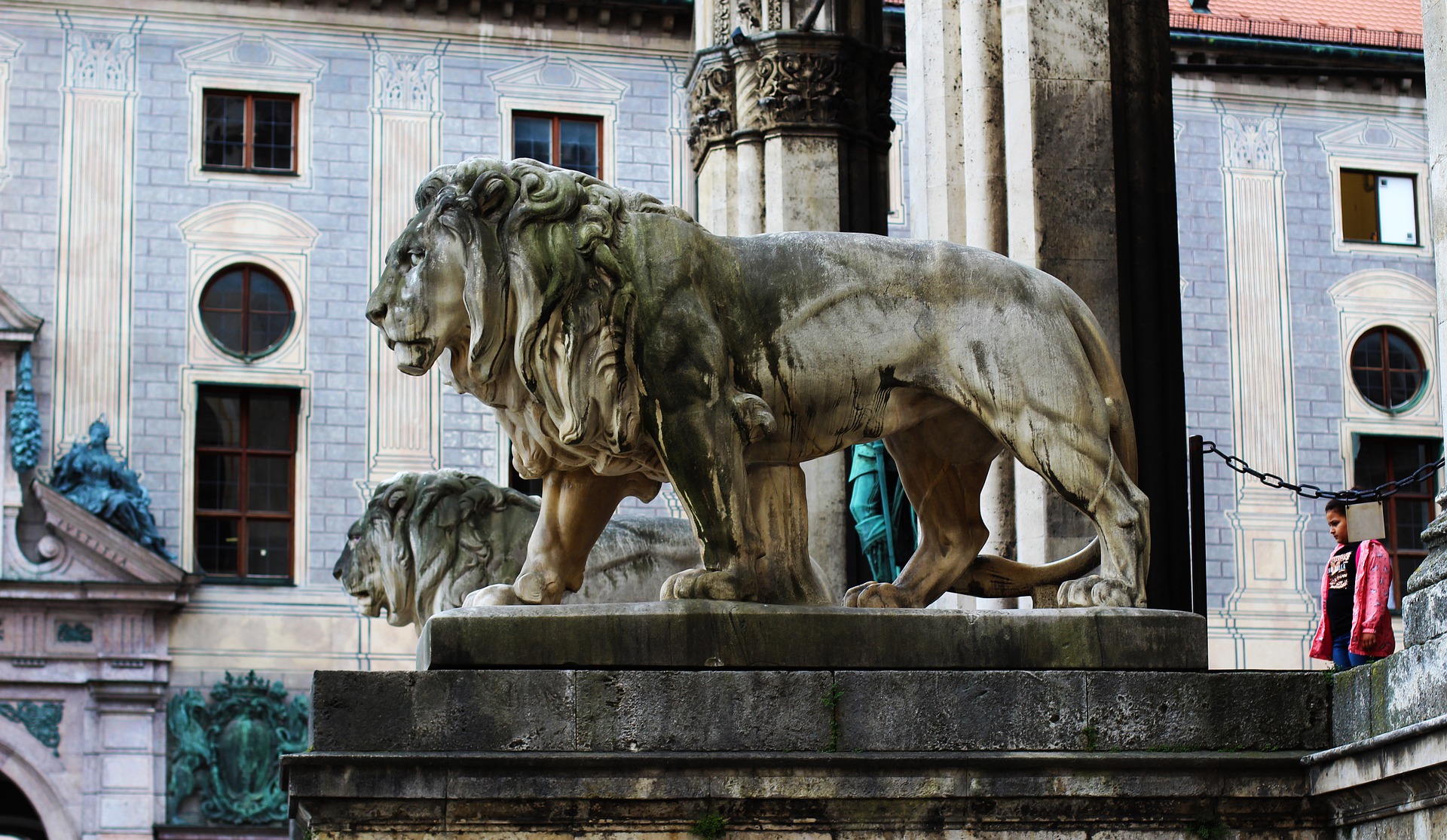
Odeonsplatz is another major square in Munich, and one that history buffs will certainly want to visit. The site of some of Nazi Germany’s most uproarious speeches in the 1930s as the group rose in power and influence, it’s also the site of the infamous Beerhall Putsch, where, in 1923, gunfire broke out between local police and Nazi officers. It was said during this fight that Adolf Hitler was struck by a bullet, merely grazed in a moment that could have redirected the course of history.
Most walking tours will include Odeonsplatz, and it’s a center that you can’t miss if you walk by it. The steps of Odeonsplatz are guarded by two large lions, symbolic of the strength of both the German people and the citizens of Munich.
Visit the Frauenkirche
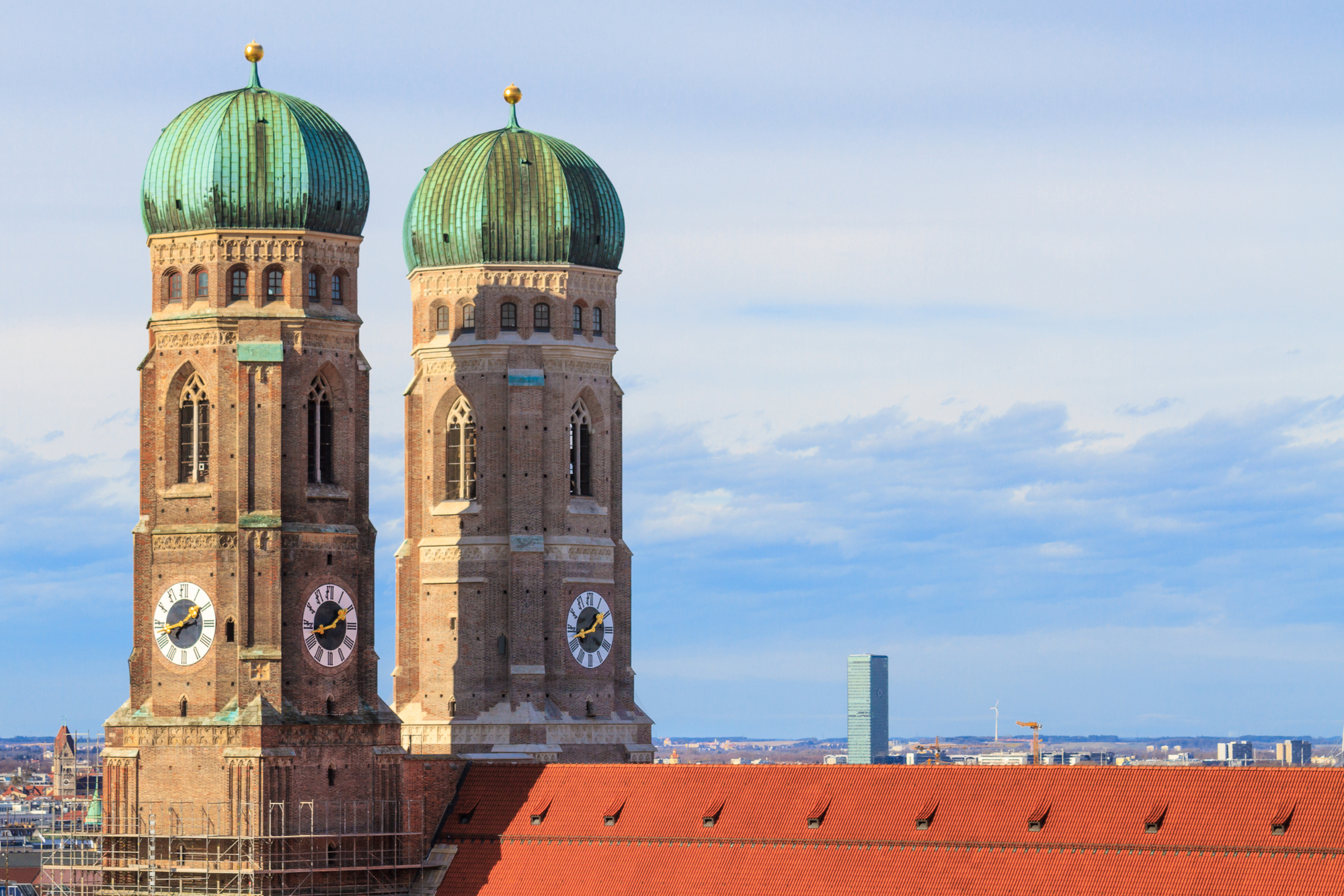
Munich, Frauenkirche, Cathedral of Our Dear Lady, Bavaria, Germany
Munich’s Frauenkirche (or, Our Lady’s Church), was built from the ruins of a former late romanesque building. This new church, the Frauenkirche, served as a second city parish following the older, Alter Peter (St. Peter’s) church.
Today, the Frauenkirche is the site of one of Munich’s most dark and interesting legends – that of The Devil’s Footprint. With much of the interior destroyed during WWII, there remained a singular black mark resembling a footprint. According to folklore post-war, this is where the devil stood when he agreed with the original builder and agreed in the building of a windowless church. The builder tricked the devil, however, leaving one singular stained-glass window.
The details of this purport that the devil made a deal with the builder to finance construction of the church on the condition only on the grounds that it contain no windows. The builder tricked the devil by positioning columns so windows were not visible from the spot where the devil stood in the foyer – which is the site of the alleged “Devil’s Footprint”.
When the devil discovered that he had been tricked, he could not enter the now-consecrated church, and thus the dark footprint was left in the wake of the devil’s immense rage at having been tricked.
In addition to The Devil’s Footprint, however, the Frauenkirche is one of the most remarkably beautiful structures in all of Germany. The design is uniquely Baroque, and while not overly large, the high arched ceilings are simply stunning to witness.
Munich Residenz
The Residenz was the palace of the Bavarian Royal Family, containing the beautiful and well-known Hofgarten -the primary palace gardens. The gardens are free to enter, and the Residenz is a large museum that chronicles the political or royal history of the city of Munich.
This is another centrally located attraction that may be included on some walking tours (which is how we became acquainted with it), but it’s certainly something you don’t want to miss!
Day 2 in Munich: Beerhalls, Arts, and Gardens
Two of the things Munich is knows for are the many lovely gardens in and around the city (the largest of those being the massive Englischer Garten), and the beerhalls – including the world famous Hofbrauhaus.
Make sure to see all of this on your 2nd day in Munich, along with some of the most interesting museums in Bavaria!
Beerhalls and Oktoberfest
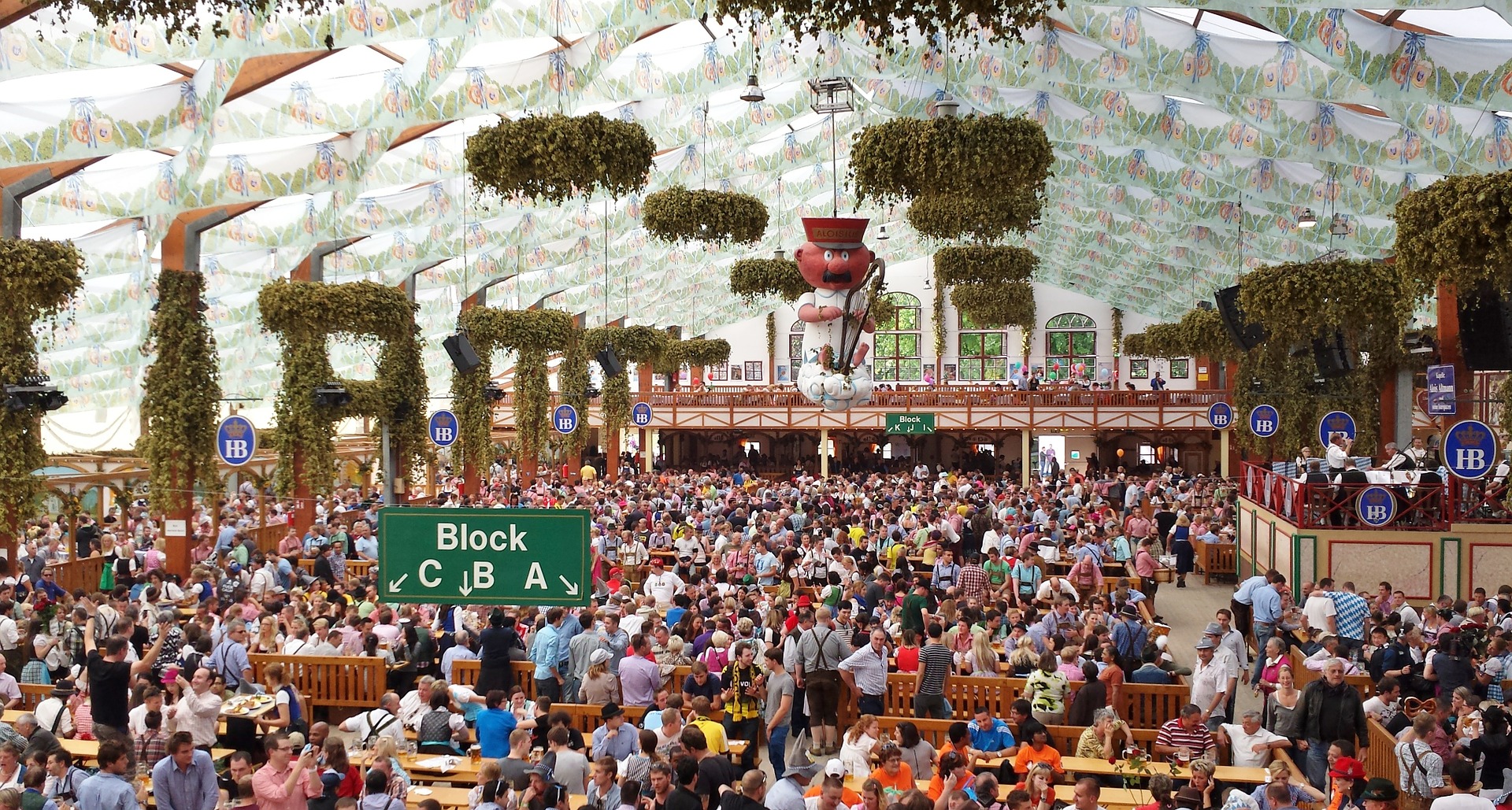
Munich is possibly most well-known as the center of brewing for which the city was named. Dating back to the 12th century, when groups of monks brewed beer to sell outside the city, Munich has been synonymous with classic, German brews. Today, it’s the home of six primary breweries that are nearly as old as Munich, itself.
The most popular, though not the oldest, is the world-famous Hofbrau beer found at the Hofbrauhaus am Platzl in central Munich. Hofbrau was founded in the 16th century under the reign ofWilhelm V as a ducal brewery, and the company has been run as a state-owned enterprise since 1939. The brewery itself, at the Hofbrauhaus am Platzl, also possesses an upstairs meeting hall which once served as the site for many Nazi meetings in the early days of the party. Today it serves as a banquet area, but still holds the memory of the building’s dark past.
Augustiner, Hacker-Pschorr, Löwenbräu, Paulaner, and Spaten all make up the other five breweries in Munich, all with their own distinct history, taste, and origin, as well as their own special place in Bavarian history. These are especially popular each year in late September, as people visit Munich from around the world to celebrate the world famous Oktoberfest.
Englischer Garten
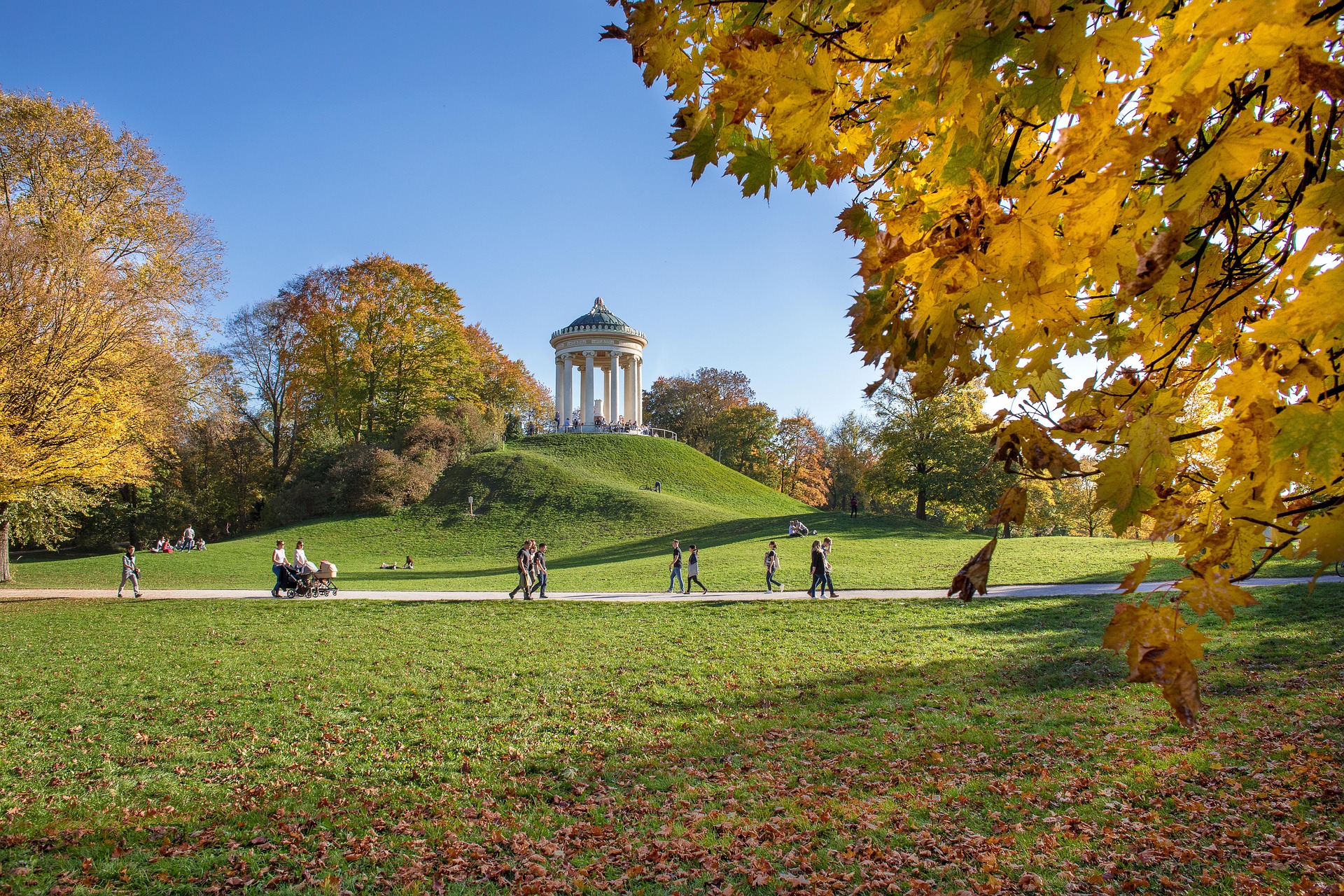
English Garden, or Englischer Garten as its called in German, is one of the largest parks in Europe, and one of the most popular sites in Munich.
It’s a unique location, with everything from Greek-style monuments and a Japanese Tower beer garden, to nude sunbathing and manufactured “waves” that are pushed from the underground river on-site. Our favorite thing to do is relax in English Garden, as there are several grounds where you can simply relax in relative silence (although the park is incredibly popular), and perhaps grab a lunch between museums or beer hall visits!
Nymphenburg Palace
Aside from the Munich Residence, Nymphenburg Palace is probably the most popular attraction that chronicles the history of Munich’s upper class. This 17th century palace, complete with its own massive English-style gardens and reflection pond, is as stunning of a palace as any in Europe – including its Bavarian neighbor in Vienna – Schonbrunn Palace.
Make sure to give yourself at least two hours on your 2nd day in Munich to view Nymphenburg, as the sprawling complex is a truly massive attraction.
Staatliches Museum Ägyptischer Kunst
The small but impressive Staatliches Museum Ägyptischer Kunst possesses one of the most impressive collections of Egyptian artifacts outside of Cairo. Full of tombs, statues, papyri, tablets, and jewelry that date back more than 5,000 years, anyone interested in Egyptology should make sure to see this enormous collection while in Munich!
What to Eat in Munich in 2 Days:
Eat Delicious Bavarian Food
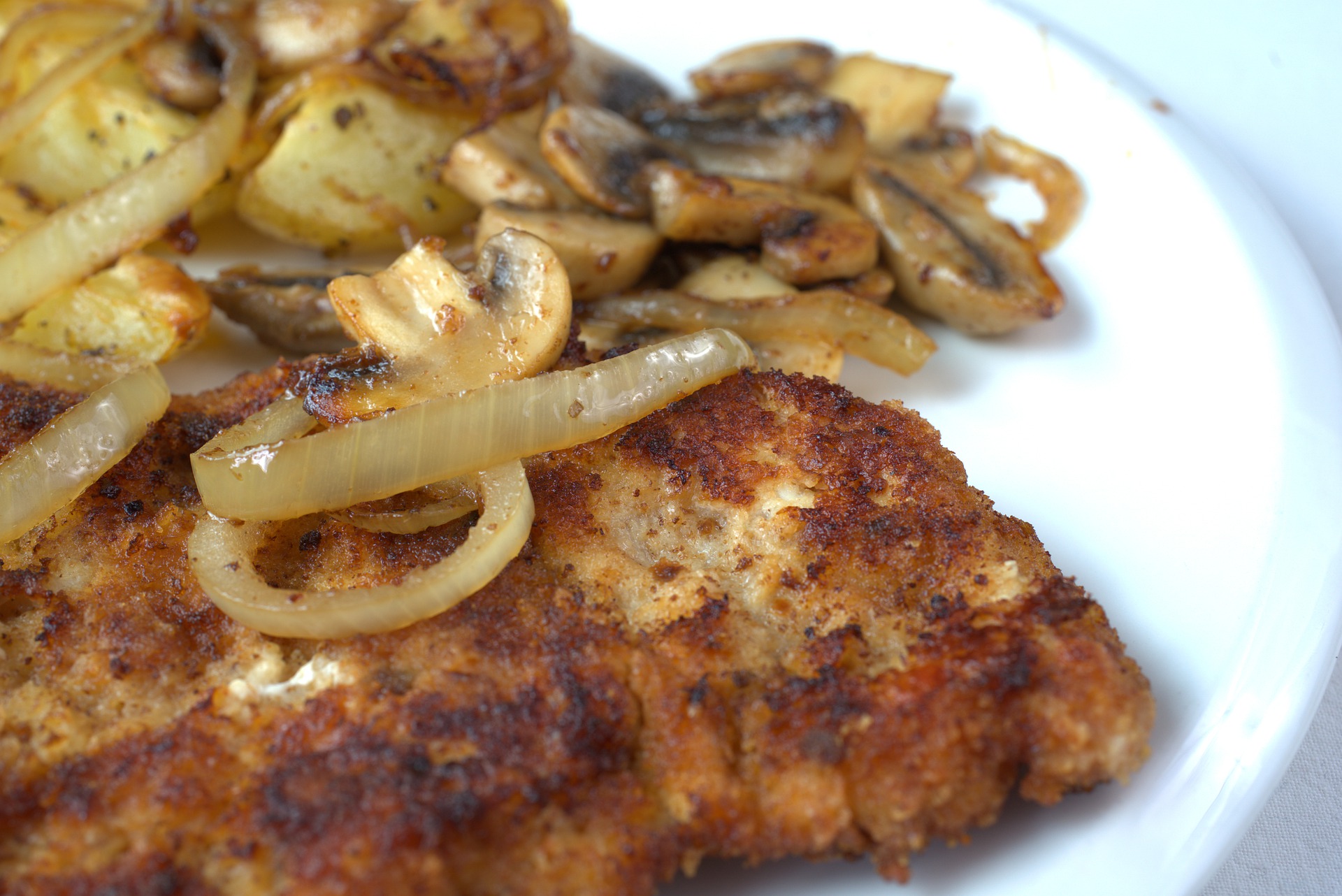
Leave the diet behind, because Munich is full of rich, heavy foods that one would expect in Bavarian cuisine. Several varieties of wursts, or, sausages, include weisswursts (white sausage) and blutwursts (blood sausage). Blood sausage isn’t as terrifying as it sounds, and actually the dark, irony texture puts one in mind of boudin noir of France, or black pudding in the United Kingdom.
The classic dish is schnitzel (or a variation, such as jagerschnitzel) with kartoffeln, or for those unaware of the cuisine, a simple but deliciously breaded and fried veal cutlet served with a side of roasted or mashed potatoes – a true Bavarian classic.
Of course, no visit to Bavaria is complete without having a traditional German beer in a classic stein, along with a huge, salty pretzel.
Have Dinner at a Historic Beer Hall
We mentioned Munich’s many beer halls, such as the Hofbrauhaus, but they’re not only great places to drink. In fact, some of the best food in the city can be found in these beer halls.
Everything we mentioned before, as well as various steaks, and gourmet German cheeses (which go perfectly with the beer.) Not only this, but you’ll love how polka bands play traditional German music while you pile your way through big, delicious German pilsners!
Viktualienmarkt
The Viktualienmarkt is a massive market more in the style of something you might see in Amsterdam than what one would expect in Munich. However, it’s a prime location to sample meats, cheeses, breads, and beers while finding authentic souvenirs and shopping for organic produce. Make sure to clear out space on a clear and sunny afternoon to visit the most popular open market in Munich!
What To Do Over 3 or More Days in Munich
It may be tough to fit all of the things above in if you’re only spending a 2 day itinerary in Munich, so if you choose to extend your stay, you might even find that you have additional time with a 3rd or 4th day on your itinerary.
Munich is interesting enough, certainly from a historical and culinary perspective, that it can warrant multiple days. So, if you’re staying for longer than 2 days in Munich, here are a few things you can add to your list!
Kunsthalle Munich
The Kunsthalle Munich typically holds three exhibitions a year, with subjects ranging from prized ancient relics to contemporary art and beyond. Past exhibitions at this world-famous museum have included Gaultier’s high fashion and Lindbergh photography, to architectural displays and classic Bavarian art.
Asam Church
This flamboyantly decorated church, near the heart of Munich, as a 300+ year old work of wonder that combines baroque architecture with severe gothic overtones to create as unique of an architectural framework as anything you’ll find in Bavaria.
Allianz Arena
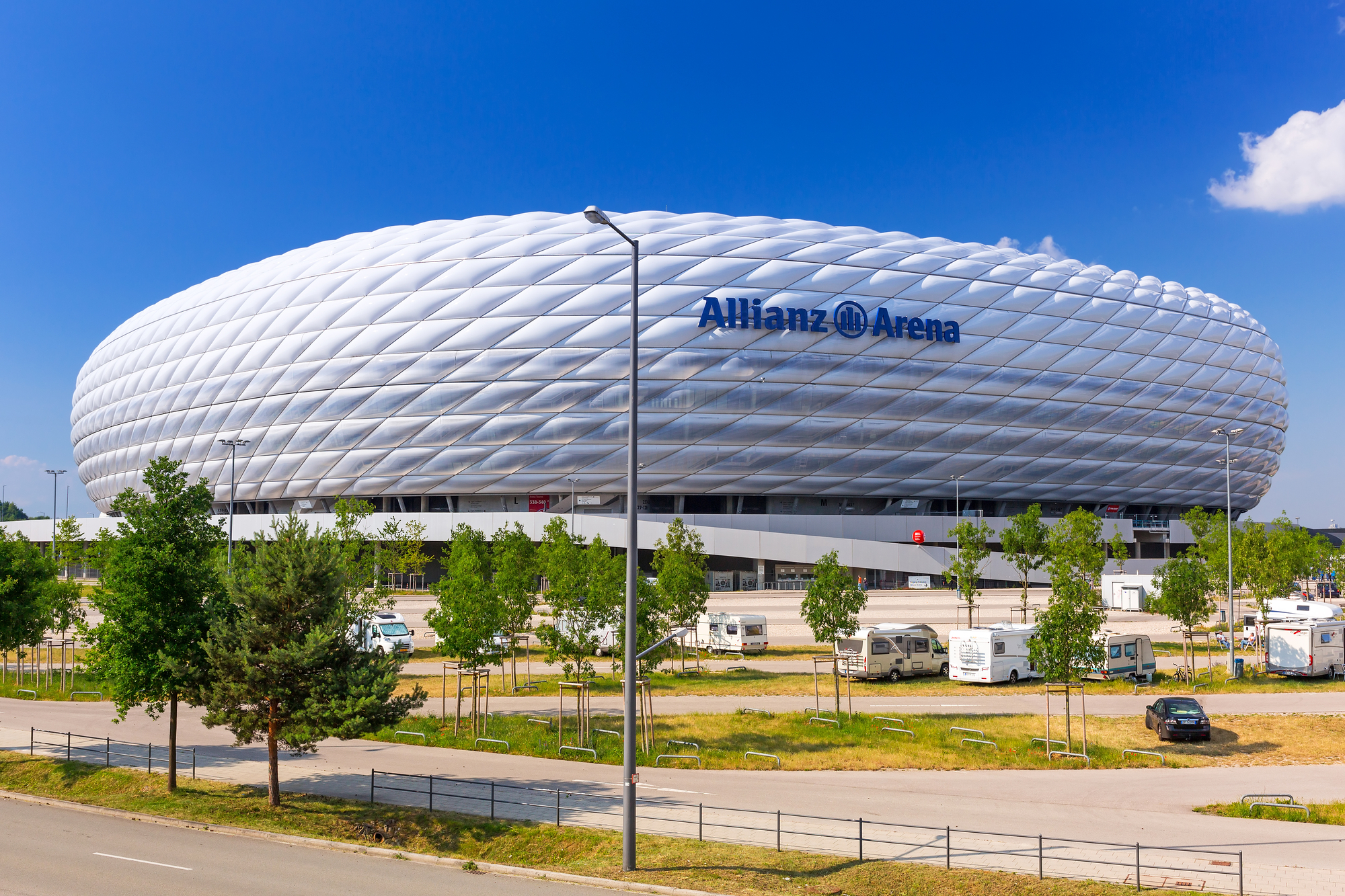
Germany, and Munich in particular, is a massive market for soccer (as it’s called in the U.S.) or rather, football. Hope to Bayern Munich, Allianz Arena is Munich’s answer to Wembley Stadium, and is a more recently-built, almost futuristic in design stadium. If you’re a lover of sports, catching a game at Allianz would be an incredible experience – especially if you get to see Munich’s beloved Bayern team!
Day Trips from Munich
If you have more than two days in Munich, then I highly recommend taking a day trip or two to explore more of Bavaria.
Neuschwanstein Castle
Whether you realize it or not, you’ve seen a lot of pictures of Neuschwanstein Castle. This otherworldly castle deep in the Black Forest of Southwest Germany is commonly considered one of the most instagrammable places in Europe. The best part? It’s only a few hours from Munich, and there are numerous guided day tours from Munich to Neuschwanstein Castle.
Innsbruck
Innsbruck is a few hour drive from Munich, and it’s one of the most naturally beautiful cities in Switzerland. This winter wonderland seems like something out of a fairytale, and is a perfect compliment to Munich on any itinerary.
Salzburg
The eastwardly neighbor of Innsbruck, this medieval city sits on the Salzbach River and possesses wonderful views of the Eastern Alps. Tucked just over the German/Austrian border, it’s just a short distance from Munich, and can even be paired on a 1-2 day trip with Innsbruck
Want to learn more about Munich? Check out some of these great guidebooks from world-renown travel writers below!
[amazon bestseller=”munich guide” items=”10″ ]

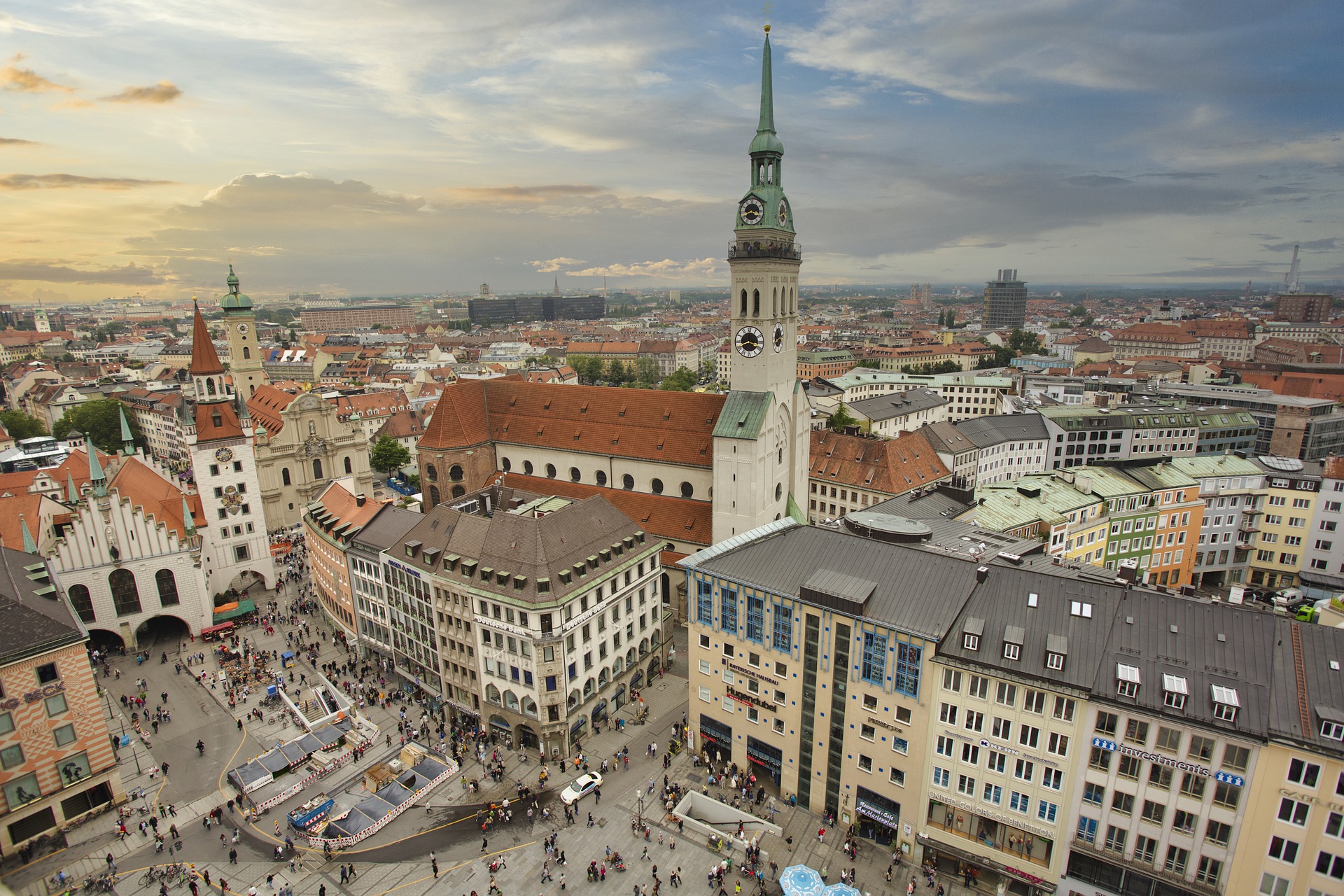
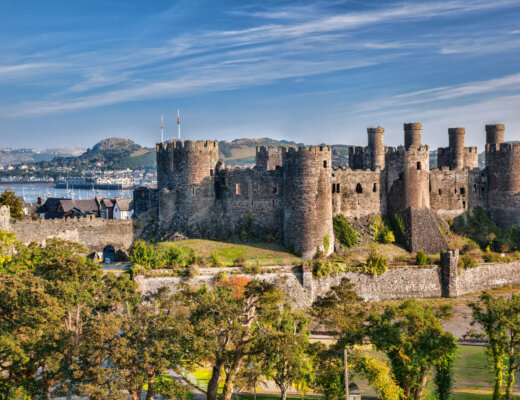
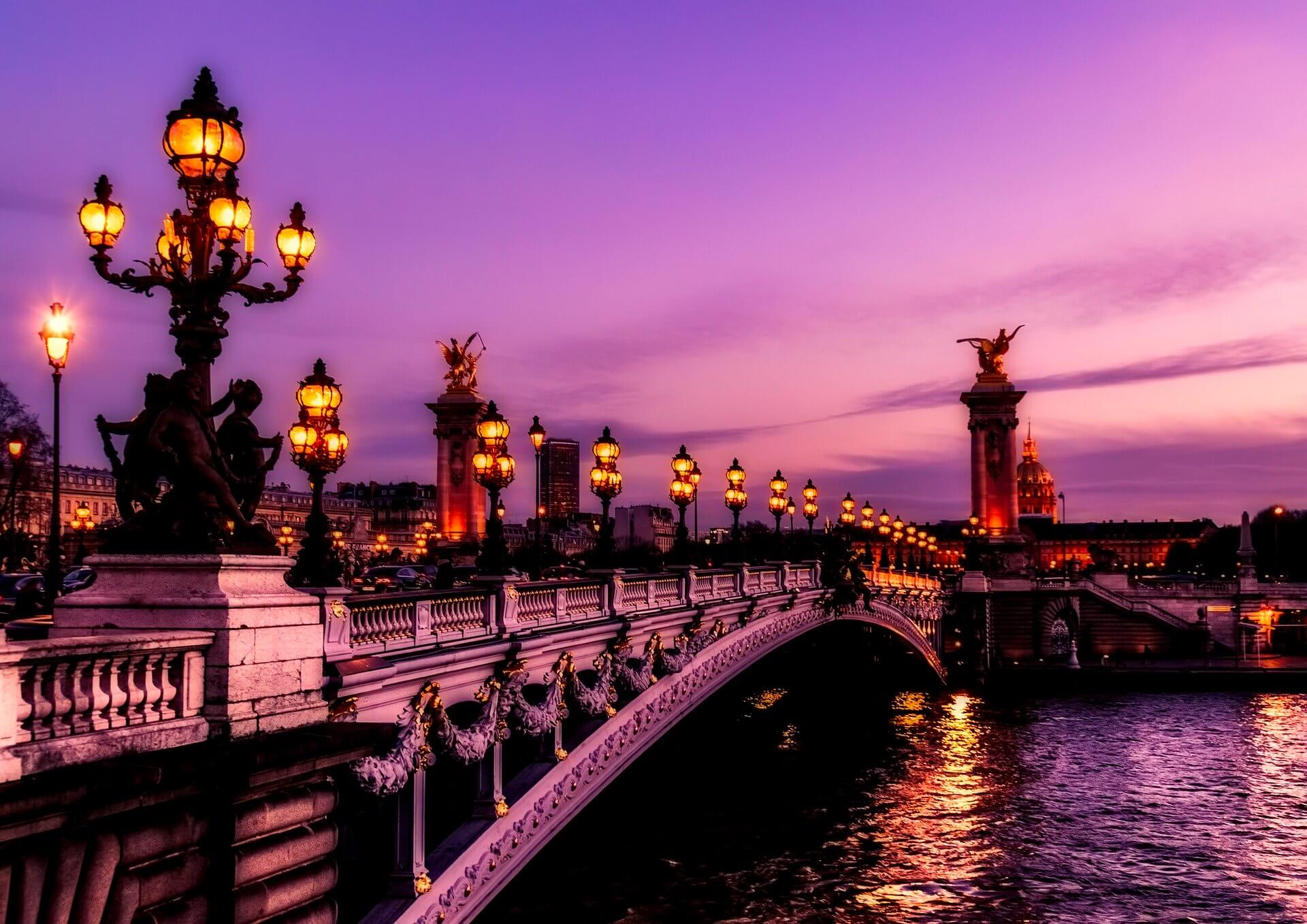
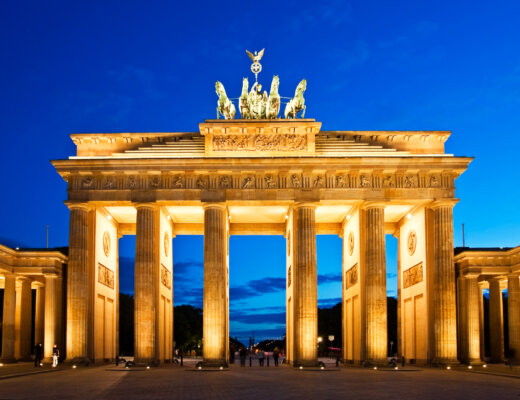
Ceivan
January 29, 2020 at 1:58 pmI have travelling plans soon for munich. This post will be really helpful for me : ) Thank you.
Justin & Tracy
January 29, 2020 at 5:58 pmYou’re welcome, Ceivan!